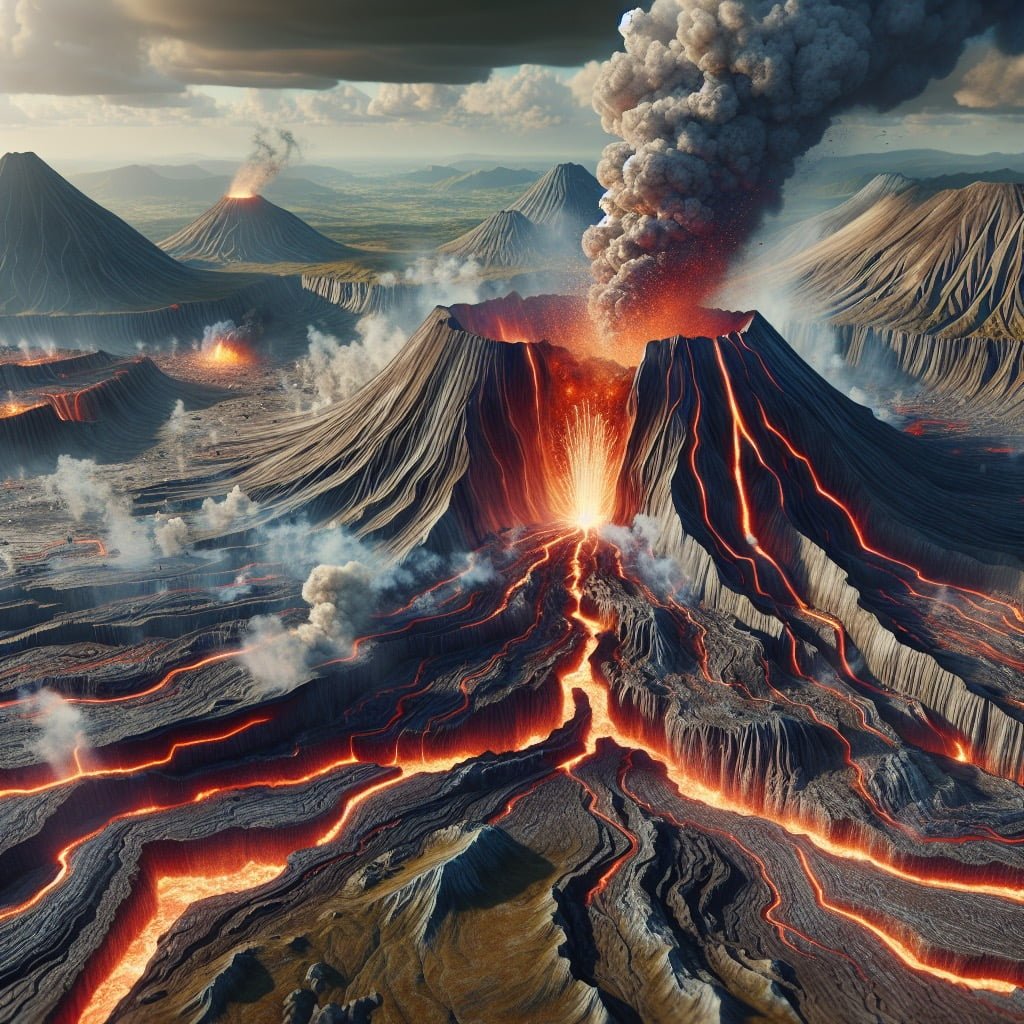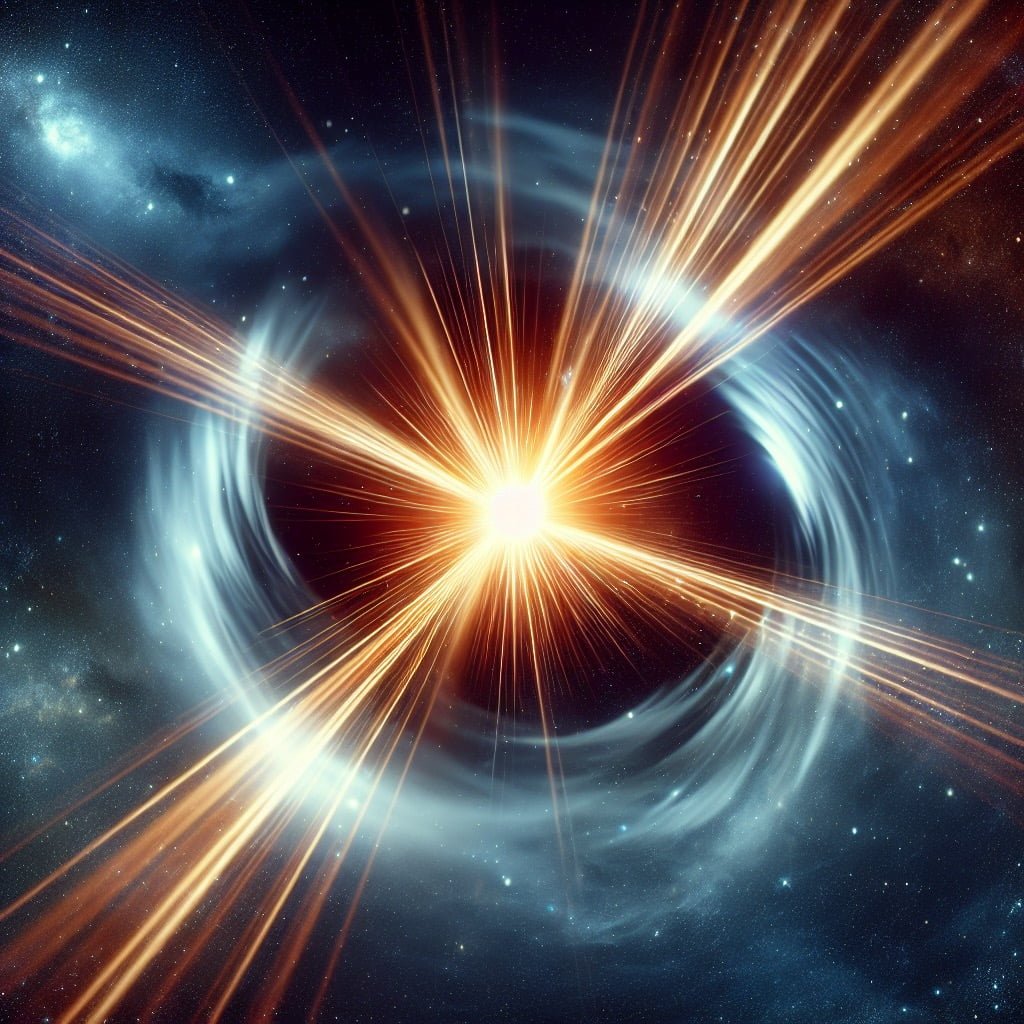The vast expanse of our solar system is home to a variety of celestial bodies, each unique in its size and characteristics. But what is the largest planet in our solar system?
Answer
The largest planet in our solar system is Jupiter, with a diameter of about 86,000 miles (139,820 kilometers).
Answer for Younger Kids
Jupiter is the biggest planet, like a giant ball in space!
Answer for Older Kids
Jupiter is the largest planet in our solar system. It’s so big that over 1,300 Earths could fit inside it! Jupiter is known for its many colorful clouds and its Great Red Spot, a massive storm that’s been raging for centuries.
Detailed Explanation
Jupiter, named after the king of the Roman gods, is an incredible giant among the planets in our solar system. It has a diameter of about 86,000 miles (139,820 kilometers) and a mass that is more than twice that of all the other planets combined. This gas giant is primarily composed of hydrogen and helium, similar to the Sun, making it vastly different from the terrestrial planets like Earth.
Jupiter’s Incredible Features
- The Great Red Spot: One of Jupiter’s most famous features is the Great Red Spot, a gigantic storm that is larger than Earth. This storm has been observed for over 300 years, showcasing the planet’s dynamic atmosphere.
- Moons Galore: Jupiter has at least 79 moons, with the four largest being Ganymede, Io, Europa, and Callisto. These moons are collectively known as the Galilean moons, named after their discoverer, Galileo Galilei.
- Mighty Magnetosphere: Jupiter has a powerful magnetic field, much stronger than Earth’s, which creates an expansive magnetosphere capable of trapping charged particles from the solar wind.
Jupiter’s immense size and mass exert a significant gravitational pull, influencing the orbits of other objects in the solar system, including asteroids and comets. Its presence has played a crucial role in shaping the evolution of our solar system.
Conclusion
Jupiter’s status as the largest planet in our solar system underscores its importance in both astronomical studies and our understanding of planetary dynamics.
FAQ
Q: Why is Jupiter so big?
A: Jupiter’s size is due to its composition and formation. As a gas giant, it accumulated massive amounts of hydrogen and helium during the early formation of the solar system.
Q: How many Earths can fit inside Jupiter?
A: Over 1,300 Earths could fit inside Jupiter, highlighting its immense volume.
Q: Does Jupiter have rings like Saturn?
A: Yes, Jupiter also has a faint ring system, but it is much less prominent than Saturn’s rings.
Q: Can you see Jupiter with the naked eye?
A: Yes, Jupiter is one of the brightest objects in the night sky and can often be seen without a telescope.
External Sources
Learn more about Jupiter from NASA and NASA’s Solar System Exploration.




